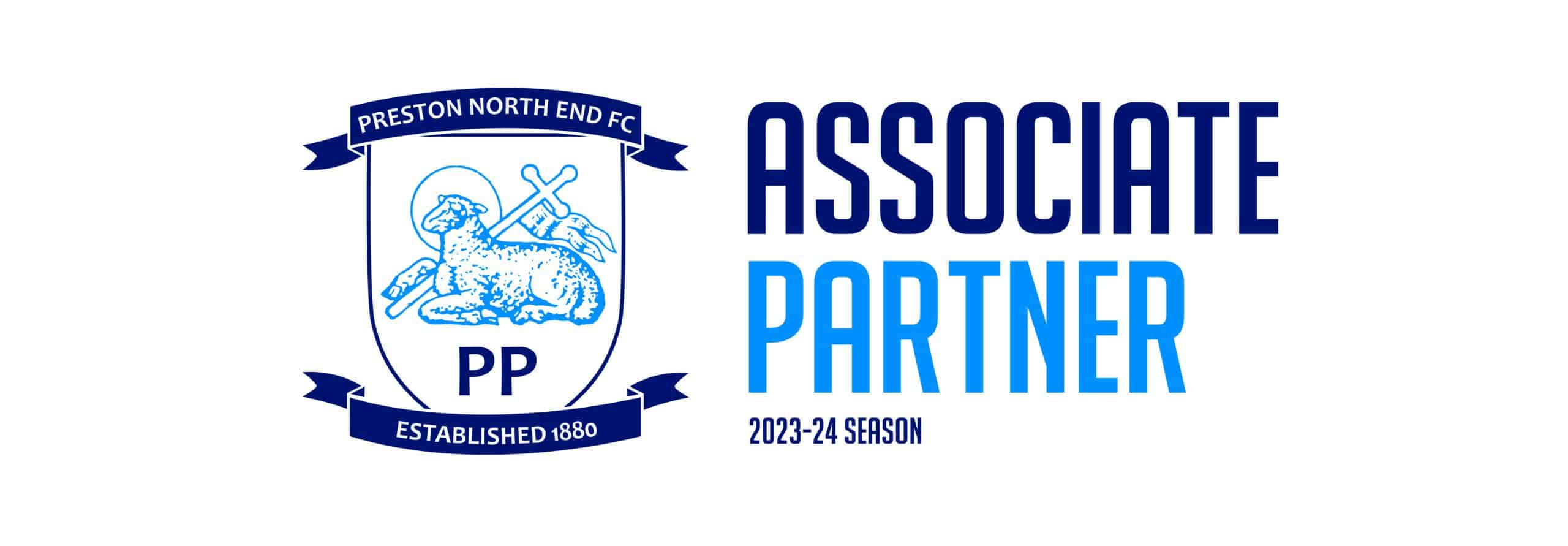Buy to Let
- Expert Mortgage Advice
- Thousand of Mortgage Product
- Speak To Us To See If We Can Help
Get in touch today for a free, no-obligation chat about how we might be able to help you.
Buy to Let - What you need to know.
An overview
The idea of a buy-to-let mortgage might appeal to some people, but it can be a daunting proposition with many factors to consider. Fortunately, the process is more straightforward than you might imagine and can provide an excellent long term investment for you or your family. Below is a short introduction to the BTL process and what you need to apply.
Who is eligible to apply?
The criteria for obtaining a BTL mortgage is much the same as the criteria for a standard mortgage. You will need a good credit rating, life insurance, and a reliable income.
However, some mortgage lenders do consider some other factors unique to BTL mortgages in particular. Some lenders, for instance, will not deal with people over the age of 75, or under the age of 21. Other criteria include income and deposit – some lenders require a minimum income of £20-25,000 and a larger deposit.
The property type may also be considered; many lenders don’t deal with non-standard properties such as listed buildings.
When might I need one?
A BTL mortgage is an investment in the property market and can be a worthwhile long-term income stream or retirement policy. Anyone who is the right age and fulfills the financial criteria can be eligible for a BTL mortgage.
Data shows that while the value of the property does fluctuate over time, the general trend is upwards, meaning that investment in property today can be profitable. Moreover, renting among all age groups is increasing, making BTL mortgage investment an excellent option.
A BTL mortgage may also be a good option if you have kids going to university or an elderly relative who needs a place to live.
How do I arrange one?
There are many comparison sites online where you can get a rough idea of the BTL mortgage’s eligibility and cost. Still, if you’re serious about moving forward, you should contact your mortgage broker to make inquiries.
Ask your mortgage broker to test your eligibility for a BTL mortgage against the property you have in mind. If all is good, you can start researching the market to find the most competitive BTL option for your circumstances.
It’s advisable to work with an expert when setting up your BTL mortgage; they have excellent industry knowledge and relationships with lenders.
How do they work?
BTL mortgages are very similar to standard mortgages, but there are some key differences to keep in mind.
Fees and interest rates on BTL mortgages tend to be higher, as does the initial deposit required. Usually, a minimum deposit of 25% of the property’s value is needed. Moreover, BTL mortgages are interest-only mortgages, meaning that you only pay back the interest each month – at the end of the term, the loan amount is paid in full.
The amount you can borrow on a BTL mortgage is linked to the income you expect to receive from the property. Typically, lenders will need a rental income that is 25-30% higher than the mortgage payment.
As well as mortgage costs, potential landlords should carefully consider the costs of owning the rental property itself. These additional costs may include:
- Property Maintenance. The upkeep of the property itself, such as repairs to appliances, and redecoration that may be required before a property can be let to new tenants.
- Letting Agent fees. Though it varies, letting agents normally charge around 10% of the monthly rental income for managing tenants. If you need full management of your property, it is not unusual for these costs to be much higher, typically around 15% of monthly rent.
- Ground Rent/Service Charges. These costs only apply to leasehold properties.
- Legal insurance. Say for example in the event of non-payment of rent, anti-social behaviour or damage to the property. Legal insurance can be used to cover costs involved in pursuing eviction.
- Buildings /Contents Insurance. The property will need buildings insurance, and any furnishings provided as part of the rental agreement will also need to be insured with a suitable contents insurance policy.
- Furnishings. If the property is to be let as furnished then you’ll need to consider the initial cost of providing the items needed to furnish the property.
- Appliance Safety and Inspection. Certain appliances will need to be regularly inspected and serviced to ensure they are safe to use and compliant with current regulations. Examples include Gas Boilers and Gas Fires.
When choosing a letting agent to act on your behalf, it is wise to choose one that is a member of The Association of Residential Letting Agents (ARLA). All members of the ARLA participate in a bonding scheme to protect both rental income and tenants’ deposits.
Commercial mortgages and some buy to let mortgages are not regulated by the Financial Conduct Authority
YOUR PROPERTY MAY BE REPOSSESSED IF YOU DO NOT KEEP UP WITH YOUR MORTGAGE REPAYMENTS.
